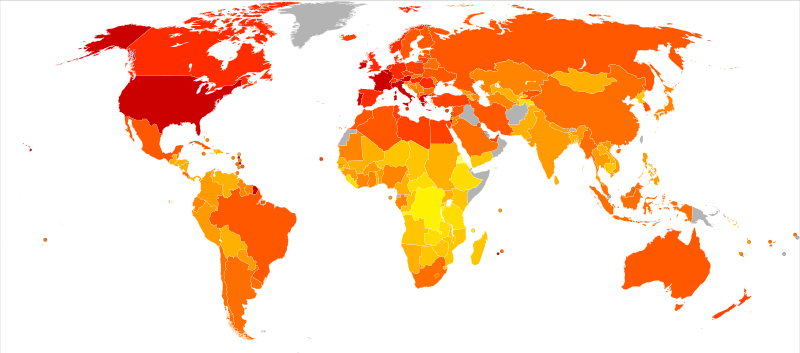Global Electricity Grid - Roles for Space

Environmental awareness has led to a change in the energy mix from fossil fuels towards increasingly higher levels of renewable energy sources (RES), like solar, wind and geothermal. The European Commission has placed a target of 20% renewable energy by 2020 in the Horizon-2020 initiative. Of course, this will not be the final goal. Various research projects have therefore been carried out to investigate the feasibility of achieving contributions by renewable energies up to 50% and even 100% in both national and continental areas via so-called ‘Super Grids’ (eg. Desertec). The next step for such a grid would be to develop towards a fully interconnected global grid.
One of the main benefits of establishing a global electricity grid is the smoothing of the hourly electricity demand such that only a small variation remains due to the non-homogeneous spatial distribution of population areas. In addition, a global coverage of interconnected RES has the effect of averaging out the variable output. As a whole, the reduction in mismatch between supply and demand could lower the requirements on the level of local energy storage needed.
Obviously, such a wide spread network will require a large-scale infrastructure as well as a robust demand management and load leveling control system. The choice of the spatial infrastructure relies on the exact time variation in both the electricity demand as well as the temporal nature of the supply. Operating such a grid will also depend on accurate forecasting based on high resolution earth observation, for example, cloud coverage, solar irradiance and wind speeds.
ACT Research
This study has focused on optimizing the infrastructure required in a globally interconnected electricity grid under the consideration of minimizing at the same time the energy storage capacity required, the spatially distributed renewable energy sources and the total interconnection length between zones. By combining historical earth observation data with demand figures from electrical grid operators, an assessment is made on the hourly supply and demand. Using a multi-objective optimisation technique, we determined the topology and location of possible RES sites within a feasible green global grid. This results in requirements for future earth observation data, in particular key temporal and spatial RES-relevant climate variables and a best estimate concept for comparison with alternative, global integrated space and earth renewable energy systems.